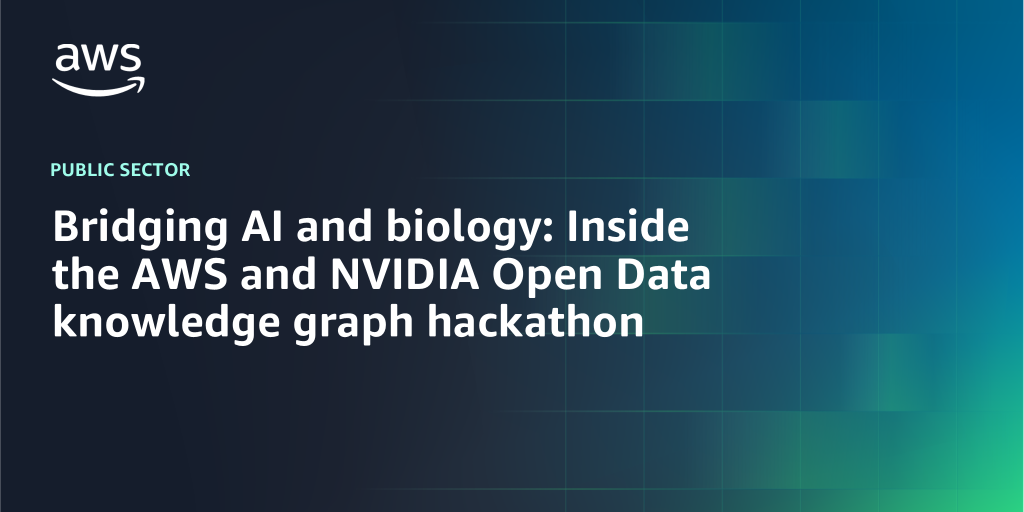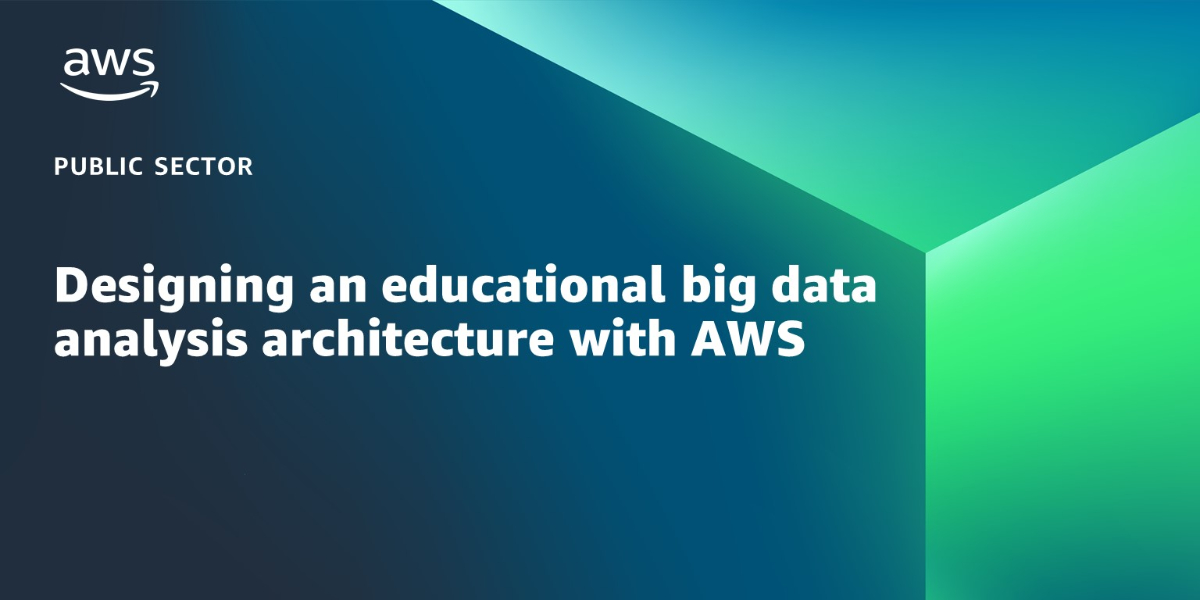AWS Public Sector Blog
Tag: Amazon Neptune
Bridging AI and biology: Inside the AWS and NVIDIA Open Data knowledge graph hackathon
Knowledge graphs (KGs) and large language models (LLMs) are transforming biomedical research, but ensuring artificial intelligence (AI) outputs are trustworthy and evidence-based remains challenging. At the recent AWS and NVIDIA Open Data knowledge graph hackathon, teams of researchers tackled this challenge by developing innovative solutions that combine knowledge graphs with graph-based retrieval-augmented generation (GraphRAG). Read this post to learn more.
Aligning education state standards to content for K12 with GraphRAG on AWS
In this post, we explore how we’re transforming educational content alignment by combining the graph database capabilities of Amazon Neptune with large language models (LLMs) accessible in Amazon Bedrock.
Hydrating the Natural History Museum’s Planetary Knowledge Base with Amazon Neptune and Open Data on AWS
The Natural History Museum (NHM) in London is a world-class visitor attraction and a leading science research center. NHM and Amazon Web Services (AWS) have partnered up to transform and accelerate scientific research by bringing together a broad range of biodiversity and environmental data types in one place for the first time. In an earlier post, we discussed NHM’s overall vision for using open data in combination with large-scale compute, data systems, and machine learning (ML) to create the Planetary Knowledge Base (PKB), a knowledge graph of global biodiversity. In this post, we focus on the underlying services and architecture that comprise the PKB.
Building NHM London’s Planetary Knowledge Base with Amazon Neptune and the Registry of Open Data on AWS
The Natural History Museum in London is a world-class visitor attraction and a leading science research center. NHM and Amazon Web Services (AWS) have worked together to transform and accelerate scientific research by bringing together a broad range of UK biodiversity and environmental data types in one place for the first time. In this post, the first in a two-part series, we provide an overview of the NHM-AWS project and the potential research benefits.
Designing an educational big data analysis architecture with AWS
In this blog post, learn a high-level architecture, built on AWS, that uses a graph database to analyze unstructured and structured educational data that can, for example, help inform a recommendation to a student for the appropriate courses to take in their next semester based on multiple personalized data factors.
How graph databases can enhance learning
Graph database solutions like Amazon Neptune from AWS help organize learner information to enable more holistic analysis for educational institutions and education technology companies (EdTechs). By linking learner data from multiple sources and drawing new correlations from data, educators can deliver more personalized learning experiences. In this blog post, learn how educators can use graph databases to enhance the learning experience.
Fighting fraud and improper payments in real-time at the scale of federal expenditures
Since 2003, the US federal government has made approximately $1.7 trillion in improper payments, with an estimated $206 billion made in FY 2020 alone. Improper payments are now anticipated to increase proportionally to new levels of federal spending. How can agencies fight improper payments at this scale? And what tools can agencies use to address fraud, erroneous data submission and other causes of this problem? Agencies can use AWS to solve the multi-sided issues of payment integrity.
Treating cancer with the power of the cloud
Cancer Commons is a nonprofit network of patients, physicians, and scientists dedicated to helping patients identify and access the best personalized treatment options. Erika Vial Monteverdi, executive director of Cancer Commons, describes how the AWS compute infrastructure, combined with services like Amazon Comprehend Medical, enable physicians and patients to leverage the collective knowledge of the world’s top institutions.







